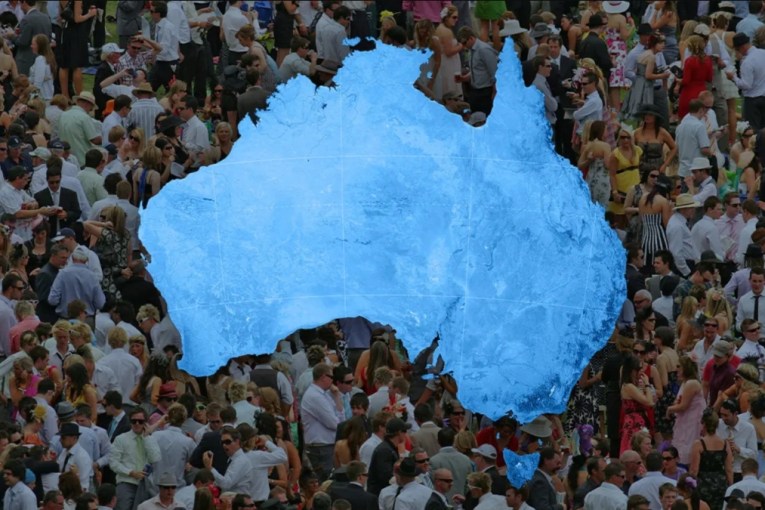Japan expands its coronavirus state of emergency as Delta runs riot
Japan has expanded its coronavirus state of emergency for a second week in a row, adding eight more prefectures as a surge in infections fuelled by the Delta variant strains the country’s health care system.
The government last week extended the state of emergency until September 12 and expanded the areas covered to 13 prefectures from six including Tokyo.
With four new prefectures added to a separate “quasi-emergency” status, 33 of Japan’s 47 prefectures are now under some type of emergency measures.
Eight prefectures were upgraded from quasi-emergency status to a full emergency.
They include Hokkaido and Miyagi in the north, Aichi and Gifu in central Japan, and Hiroshima and Okayama in the west.
BREAKING | Japan extends COVID-19 emergency to eight more prefectureshttps://t.co/ZwRWnBEfz6#COVID #coronavirus #vaccine
— Nikkei Asia (@NikkeiAsia) August 25, 2021
“In order to protect the people’s lives, the priority is to maintain the health care system,” Prime Minister Yoshihide Suga said as he announced the emergency on Wednesday.
“In order to overcome this crisis led by the Delta strain, I seek further cooperation from everyone.”
Japan’s state of emergency relies on requirements for eateries to close at 8pm and not serve alcohol, but the measures are increasingly defied.
Unenforceable social distancing and tele-working requests for the public and their employers are also largely ignored due to growing complacency.
The Japanese capital has been under the emergency since July 12, but new daily cases have increased more than tenfold since then to about 5000 in Tokyo and 25,000 nationwide.
Hospital beds are quickly filling and many people must now recover at home, including some who require supplemental oxygen.
More than 35,000 patients in Tokyo are recovering at home, about one-third of them unable to find a hospital or hotel vacancies immediately.

Japan has expanded its coronavirus state of emergency for a second week in a row. Photo: AP
Only a small percentage of hospitals are taking virus patients, either for financial reasons or because they lack the capability to treat the infections, experts say.
Mr Suga said those recovering at home will receive medical attention via phone calls, online or visits by community doctors and that the government will set up temporary hospitals where patients can receive supplementary oxygen or other treatment.
Japan has weathered the pandemic better than many other countries, with about 15,600 deaths nationwide since the start, but its vaccination efforts lag behind other wealthy nations.
About 40 per cent of the population has been fully vaccinated, mainly elderly people.
Minister Yasutoshi Nishimura, who is in charge of COVID-19 measures, said infections were spreading among those in their 20s to 50s who are largely unvaccinated. He urged them to take extra caution.
“Just imagine you may be the one getting infected tomorrow,” he said.
Rising infections among schoolchildren and teenagers could accelerate the surge as they begin returning to school, said Dr Shigeru Omi, top government medical adviser.
He proposed schools curtail activity and urged high schools and colleges to return to online classes.
-AAP








